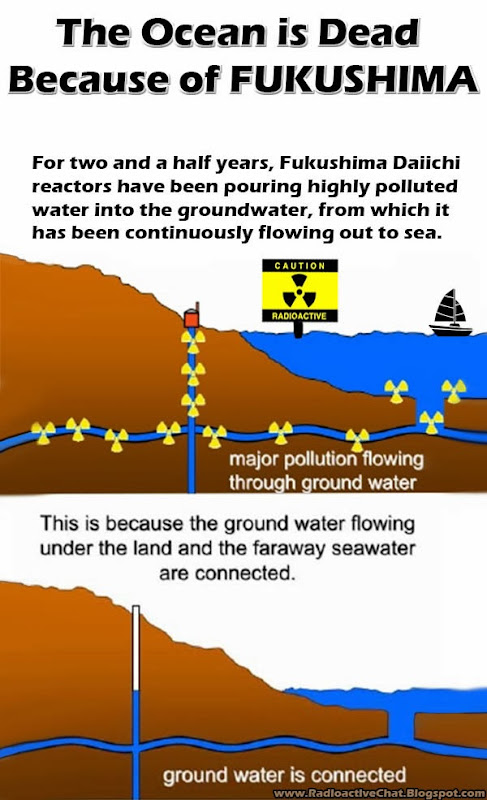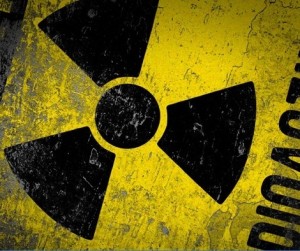Radioisotopes in the Pacific Ocean. What's There? How Much? How Long?
The release of radioisotopes from the Fukushima Dai-ichi nuclear disaster in March 2011 amounts to the largest ever accidental release of radiation into the ocean. The explosions initially released radioisotopes in the form of iodine-131, cesium-134 and cesium-137 from the reactors. All of these Nobel isotopes cause health problems.
In the weeks after Fukushima nuclear disaster, Ken Buesseler a marine chemist at Woods Hole Oceanographic Institution, organized an expedition with scientists from different fields and institutions to investigate radioisotopes from the damaged nuclear plant that ended up in the ocean and marine life. They used nets to sample organisms and instruments to collect more than 1,500 water samples in 30 locations off Japan. Water and biological samples were sent to 16 labs in seven countries to detect levels of a variety of radioisotopes. The concentrations measured in early April 2011 were all the more alarming.
In June 2011, Buesseler led a quickly organized expedition aboard the research vessel Ka' imikai-o-Kanaloa that took a comprehensive look at the fate of the Fukushima radiation both in the open ocean and in marine life. Beginning 600 kilometers offshore and coming within 30 kilometers of the crippled nuclear plant, the research team sailed a sawtooth pattern, gathering water samples from as deep as 1,000 meters, and collecting samples of phytoplankton, zooplankton, and small fish. They also released two dozen drifters to track currents. These instruments move with to ocean currents over months and report their positions via satellite. Like their Japanese colleagues, Buesseler's team measured elevated levels of both cesium-137 and the telltale cesium-134 in the water they collected.
Read about the whole expedition here [PDF Format]
Please also note that the report here have excluded 296.100 tons of radioactive reactor water that have leaked into the Pacific Ocean since this disaster began at the amount of 300-400 tons per day and which continue to leak to this very day.
So 100.000 times more Cesium-137 reported is on the LOW SIDE.
 |
| Fukushima Released 100.000 Times more Cesium-137 Than Chernobyl or Nuclear Weapons Testing |
 |
| The Ocean is Dead Because of Fukushima |








No comments:
Post a Comment